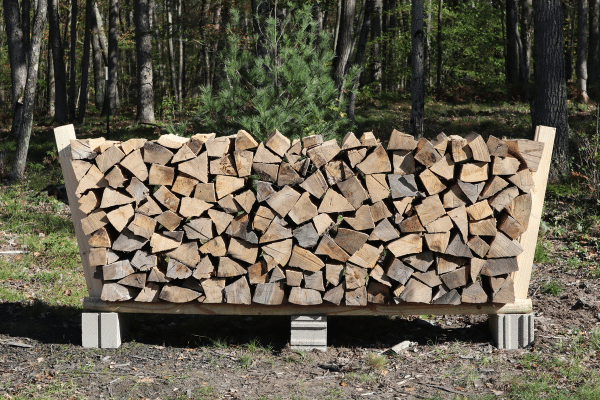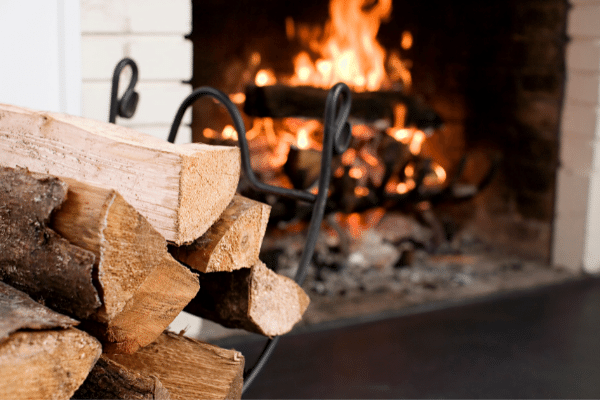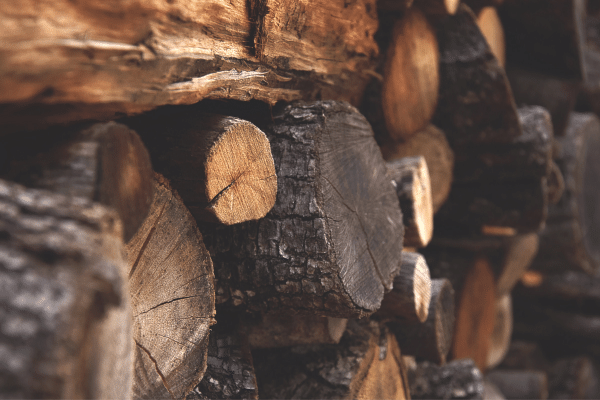- Home
- Types Of Firewood
- Is Basswood Good Firewood
Is Basswood Good Firewood?
This post may contain affiliate links so I earn a commission.
Is basswood good firewood?
Well, it depends on what you use it for.
All wood will burn and produce heat, but all wood is not created equal.
Just ask the homeowner who heats their home with wood, and they will tell you their favorite woods to burn and why.
Those ‘whys’ will likely include aspects of the wood, like its BTUs, density, moisture content, and ease of cutting and splitting.
You can expect the homeowner to mention ash, oak, and maple, but chances are, they will not tout the benefits of basswood as a firewood.
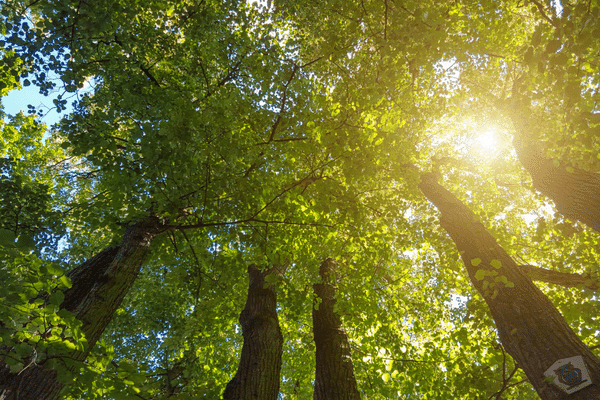
Basswood, a common tree
found across North America and Europe, may not top the list of the best
firewood, but that doesn’t mean it is without merit.
Let’s explain.
The Basswood Tree
Basswood, or linden as it is also called, includes more than thirty varieties of trees in the Tillia genus.
It is a deciduous tree with an impressively long lifespan.
Some of the oldest basswood trees are roughly 2,000 years old.
The basswood tree is considered a large tree which can reach up to 110 feet tall.
It propagates quickly and can hybridize itself naturally.
The leaves of the basswood trees were collected, dried, and made into folk medicines.
In the summer months, the tree also produces a canopy full of clusters of small, yellow blossoms that attract honeybees.
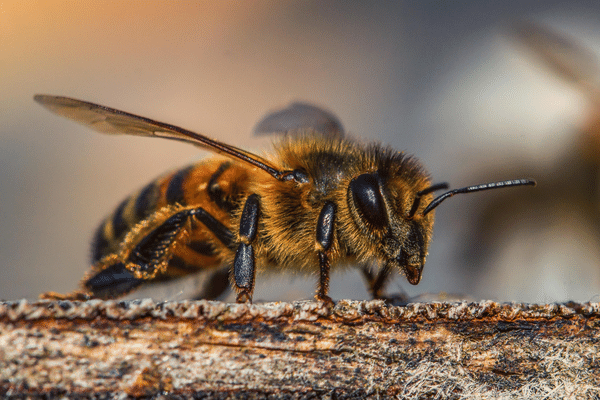
Basswood honey is
one of the most prized types of honey in the world.
Beneath the tree’s bark are long fibers that are easily woven into cloth.
Basswood is a hardwood, but it is pliable, soft, and lightweight.
It is also finely grained and odorless, which makes it ideal for a number of applications.
It is commercially used for making musical instruments, puppets, window blinds, duck decoys, and model planes.
Woodworkers like basswood because it carves easily and doesn’t splinter.
In medieval Europe, craftsmen used basswood to make lightweight wooden shields for knights.
As an added bonus, the wood was workable enough for the knight’s emblem or coat of arms to be carved onto the front of the shield.
In the last century and a half, the American basswood tree has been the go-to wood for making matches.
There are several reasons for this.
The straight, fine wood grain cuts easily and can be sliced into thin strips without splintering apart.
The light wood of the basswood tree also easily ignites, making it perfect for a match wood.
Is Basswood Good Firewood To Cut And Split?
Since it is so abundant, you probably have basswood growing in your woodlot or on your property.
As we said, basswood cuts like butter and is easy to split.
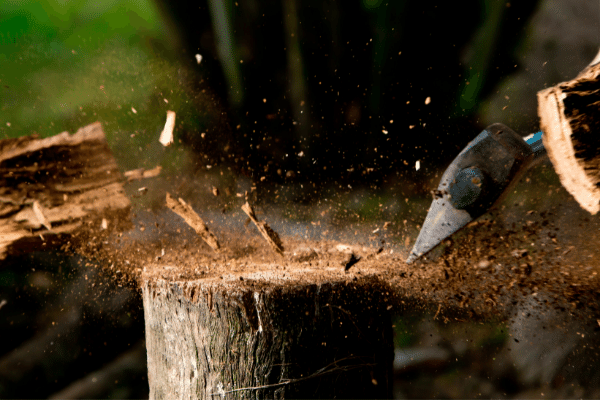
It
is lightweight and the main truck grows solid and straight.
Hauling and stacking the wood is not challenging.
It has a low moisture content and dries rather quickly.
You don’t have to wait a year or two for basswood to become thoroughly seasoned.
Lastly, basswood is odorless and produces little smoke.
All this may make you think that basswood is an ideal firewood, but don’t make up your mind just yet.
Is Basswood Good Firewood To Burn?
The biggest drawback to basswood is that it has one of the lowest BTUs of all North American hardwood trees.
Just to recap, BTU, which is short for British Thermal Unit, is the way we measure heat output.
Technically, it is the amount of heat needed to increase the temperature of one pound of water by one degree Fahrenheit.
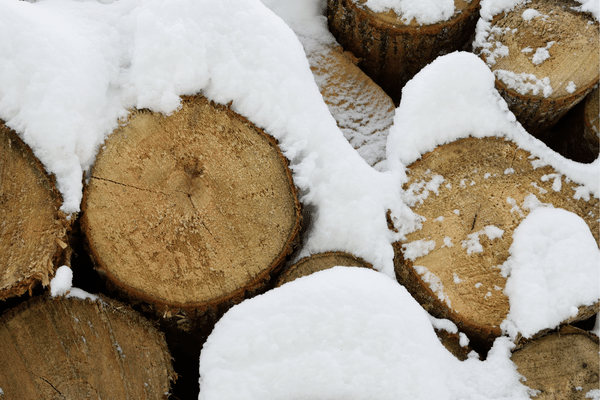
Basswood’s BTU rating is 13.8 million BTUs per cord.
For comparison reasons, let’s remind you that birch has a BTU rating of
26.8, white oak is 26.4, black locust is 27.9, and Osage orange has an
incredible BTU rating of 32.9.
For homeowners heating with wood, BTUs are important.
Using a firewood with a high BTU rating means a longer, hotter fire that gives them the most bang for their buck.
An oak log will burn slower and provide a steady heat.
Basswood, on the other hand, will burn quickly and give you a hot, but short-lasting fire.
The Best Use For Basswood Firewood
With its low BTU rating, basswood is not the best wood for a homeowner to use to keep the house warm on a blustery January night unless that homeowner wants to stay up all night to continuously stoke the fire.
In this scenario, oak or maple would be a better choice.
However, if that homeowner awoke in the morning to a bed of coals, basswood is a good option to quickly reignite the fire.
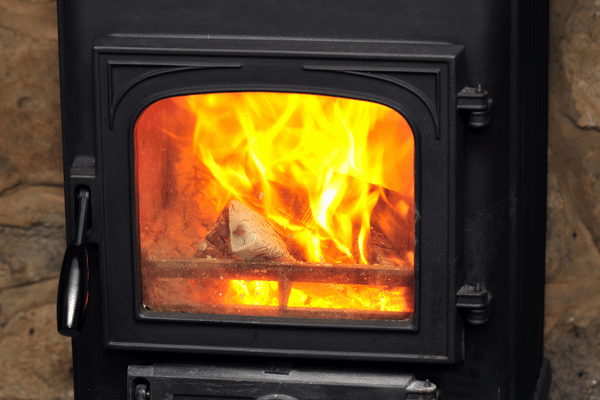
Basswood
is also ideal for building a fast, hot campfire, say to brew some morning
coffee or fry a few eggs before heading out on a hike.
For home heating, some people reserve their basswood to burn in the early autumn or late spring when they don’t need a constant fire all day long, but it would be nice to have a fire first thing in the morning to take the chill out of the air.
Because it ignites easily and burns hot, basswood is best used for kindling.
Split basswood logs in smaller, thinner pieces, allow it to season completely, and use it to get the fires going.
As a traditional firewood for conventional use, basswood should be mixed with a dense wood, like maple or birch.
Is Basswood Good Firewood - Overall
So, is basswood good firewood?
It is good for some uses, like as a kindling, for quick, hot campfires, or for home heating when the homeowner just wants a ‘warm up the house’ fire in the morning until the outside temperatures rise.
But it is not the best wood to use for a prolonged, sustained heat to warm a whole house since it burns fast and has a low BTU output.
Basswood trees are plentiful, easy to cut, and seasons in a short amount of time, so don’t be too hasty to entirely disregard basswood as a firewood.
In the right applications and situations, basswood has its virtues.
